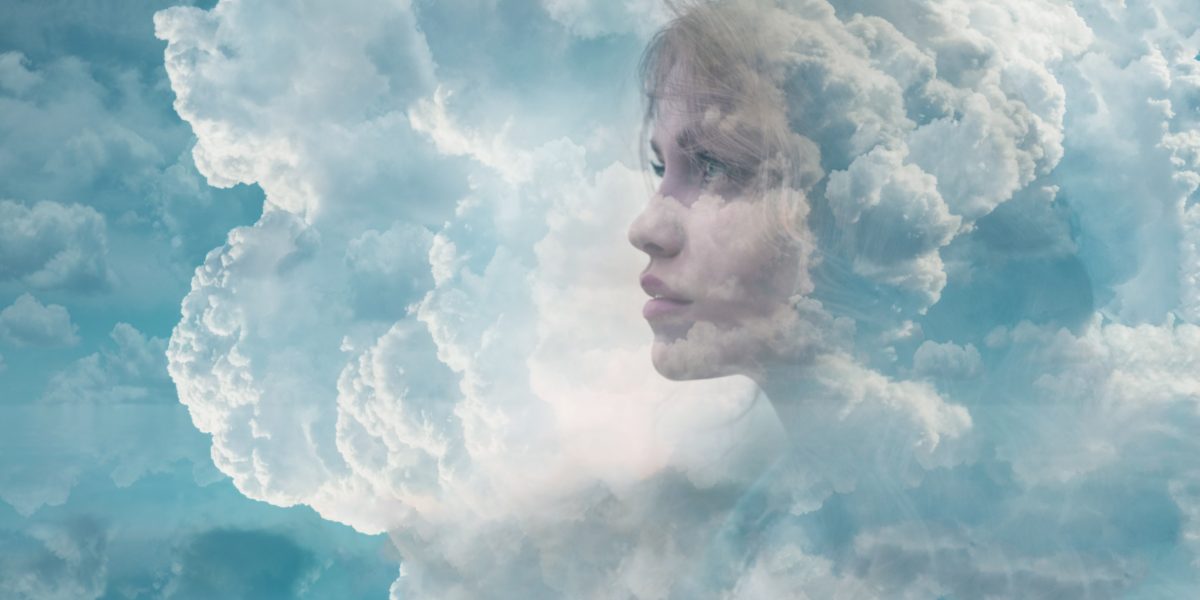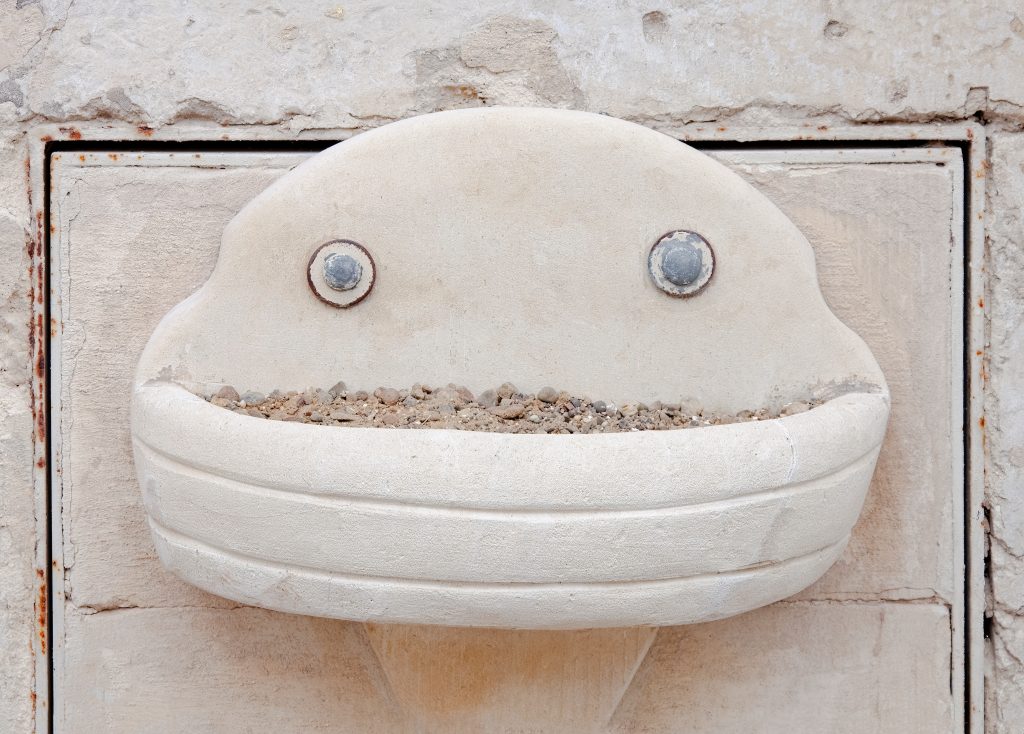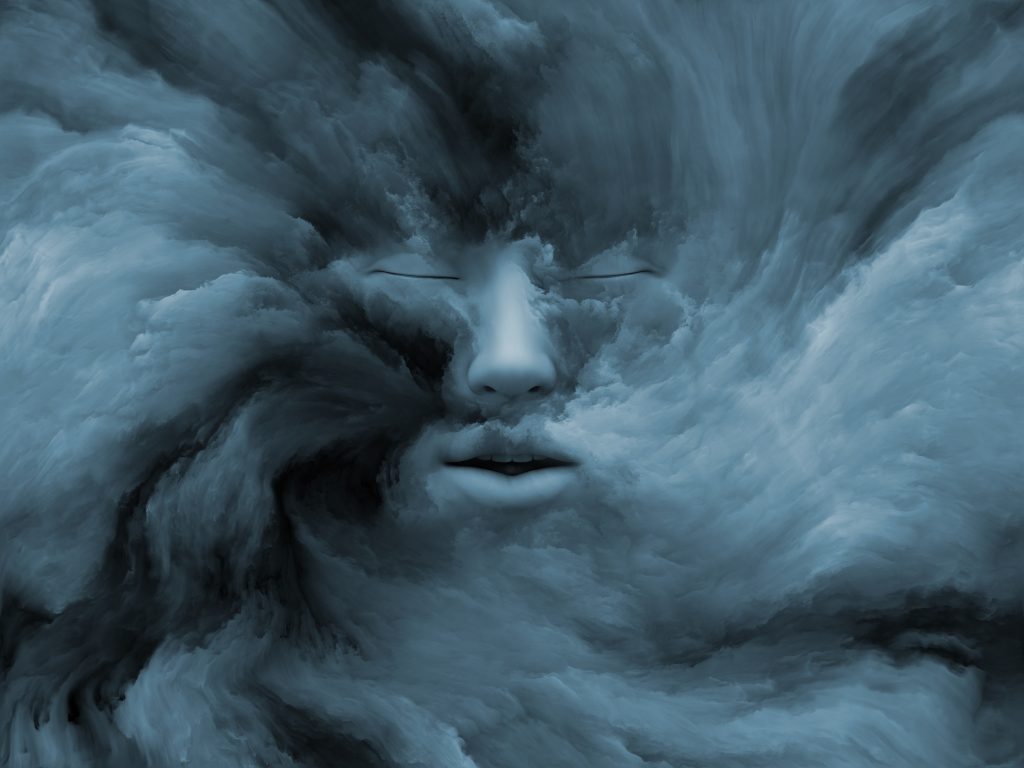
in this article
- Face Pareidolia: The Tendency to Perceive Faces in Objects
- Why Some People Are More Prone to Face Pareidolia Than Others
- Tripping and Seeing Faces
Are you 18 or older?
Please confirm that your are 18 years of age or older.
You are not allowed to access the page.

Disclaimer: The views and opinions expressed in this article are those of the authors and do not necessarily reflect the official policy or position of the Chemical Collective or any associated parties.
Because of the influence of ‘set and setting’, not everyone’s psychedelic experience is the same. Various aspects of ‘set’ (e.g. beliefs, expectations, mood, personality, intention, level of restfulness) and ‘setting’ (e.g. culture, environment, music, people present) interact with the drug and the dose to produce a particular kind of experience. This includes the visual qualities of the trip.
One curious variation between different trippers is the perception of faces in objects. This is known as face pareidolia, a form of pareidolia: seeing patterns in random stimuli. While this is a common experience when sober, it can be especially heightened for some when tripping. Are some people just wired differently, so that they are more likely to experience face pareidolia than others? It turns out that this is part of the story, but there can be other reasons related to ‘set’ as to why someone might trip and then start seeing faces everywhere.
It’s common for people (when sober) to experience face pareidolia. This can involve seeing faces in all kinds of objects: houses, cars, trees, food, stains, the foam pattern in your coffee mug, and so on. When we see faces in everyday objects, this illusion is processed by parts of the brain in the perception of real faces. The fusiform face area (FFA) is an area of the brain specialised for facial recognition, and it is activated during the perception of real and illusory faces, along with the prefrontal cortex, occipital cortex V1, occipital cortex V2, and inferior temporal regions.

Evolutionary perspectives help to explain why face pareidolia exists. The shared mechanism underlying the perception of real and illusory faces likely evolved so that we can quickly judge whether a person is safe or threatening. Evolution by natural selection will sometimes produce perceptual illusions (and other cognitive mistakes) as byproducts of adaptive strategies. They can be seen as an outcome of being vigilant or having an overactive tendency to be on the lookout for potential friends and foes. This cognitive tendency may result in errors (e.g. the perception of illusory faces). Evolution does not create perfectly designed features.
Face pareidolia can be considered a minimally costly or completely harmless feature of our biological makeup. It’s a bug of an overactive cognitive tendency – a tendency that gives us a better chance of surviving. Not being prone to detect faces would entail a much greater disadvantage – missing out on perceiving a potential ally or enemy – than the harmless perception of illusory faces.
Scientists at the University of Sydney highlighted the evolutionary basis of face pareidolia in a 2021 paper published in the journal Proceedings of the Royal Society B. The lead author, David Alais, told The Guardian how humans in particular are predisposed to experiencing this phenomenon:
We are such a sophisticated social species, and face recognition is very important … You need to recognize who it is, is it family, is it a friend or foe, what are their intentions and emotions? Faces are detected incredibly fast. The brain seems to do this using a kind of template-matching procedure. So if it sees an object that appears to have two eyes above a nose above a mouth, then it goes, ‘Oh I’m seeing a face.’ It’s a bit fast and loose, and sometimes it makes mistakes, so something that resembles a face will often trigger this template match.
But we don’t just perceive faces in objects in a neutral way; these faces often convey a personality, mood, or social meaning. Faces in objects can be smiling or scowling, for example. This makes evolutionary sense, as we need to be able to tell whether the (real) person we’re encountering is happy, sad, angry, or paying attention to us. Alias and his team showed participants real faces and pareidolic images. Alias said:
What we found was that actually these pareidolia images are processed by the same mechanism that would normally process emotion in a real face. You are somehow unable to totally turn off that face response and emotion response and see it as an object. It remains simultaneously an object and a face.
In their paper, Alias et al. conclude that their results suggest “expression processing is not tightly bound to human facial features.” For the brain, real or fake faces are processed in the same way.
Evolution by natural selection will produce variations in people’s personality and cognition. This is because some personality types or cognitive styles can be particularly useful in certain situations and contexts. As a 2019 study published in BMC Ecology and Evolution found,
The simulations show that different environmental conditions can select for different cognitive styles. Under a wide range of parameter settings, individuals of the same population may adopt different cognitive styles that co-exist.
We can see, too, variations in the propensity to detect faces in everyday objects. The reason for this can also help explain why some people are more likely to see faces everywhere while tripping.
Scientists at the NNT Communication Science Laboratory in Tokyo have shown that people high in trait neuroticism are more likely to perceive faces in objects. This personality trait refers to how likely someone is to experience negative emotions and respond poorly to stress. It’s one of the Big Five personality traits (the others being extraversion, conscientiousness, openness to experience, and agreeableness).
People who score high on neuroticism are more likely to experience anxiety, worry, fear, anger, frustration, jealousy, pessimism, and depressed mood. High levels of this trait make one more prone to experiencing a range of mental health problems. Twin studies have found that around 40% of neuroticism is influenced by genetic factors. Several genes have been associated with neuroticism. Environmental factors, such as exposure to stressful events during childhood, make up the rest of the causes determining levels of neuroticism. Fortunately, neuroticism is more amenable to change than some other personality traits.
The Japanese study also showed that it’s not just neurotic people who are more likely to experience face pareidolia but also people who are in negative moods. (In the study, both of these groups of people were more likely to find faces in a pattern of dots.) Evolution can help explain why neurotic people – those who are more tense, nervous, and emotionally unstable than their non-neurotic counterparts – are more predisposed to experience face pareidolia. The heightened nerves that neurotic people feel put them on higher alert for threats, meaning they may perceive danger when none exists. This danger can take the form of a face. The same would apply to people experiencing a negative mood as well.
Given that a large chunk of neuroticism is inherited, this suggests the trait can be evolutionarily advantageous. Indeed, by making one more risk-averse and hypervigilant, one could be more likely to survive in certain situations, even if this means heightened anxiety and illusory face perception.
Being neurotic and/or in a negative mood can act as parts of ‘set’ influencing a psychedelic experience. These factors can colour not just the emotional quality of the trip but also its visual aspect, i.e. the likelihood of seeing faces in objects or how prevalent faces are in the trip. Neuroticism would make it more likely that you’d be in a negative mindset before a trip (perhaps making you more anxious, nervous, and apprehensive in the run-up to the trip and as the psychedelic takes effect). The result could be a face-heavy trip.

However, neuroticism doesn’t mean you’re always in a negative frame of mind, including before and during a trip. The psychedelics effects may, instead, allow one to feel less neurotic and negative. In any case, being neurotic doesn’t mean you’re guaranteed to see faces everywhere while tripping. If you’re low in neuroticism, being in a positive, calm state of mind can also influence whether you’re likely to experience face pareidolia on psychedelics.
When psychedelic-induced face pareidolia does occur, it can take a variety of forms: seeing faces in clouds, wood grain, bed linen (any crumpled fabrics, really), rocks, leaves, trees, water, dirt, mud, and concrete. These faces can also show up in the geometric visuals (with eyes open or closed). They can be integrated into the geometric patterns.
Psychedelic users differ in their emotional responses to these perceptions of faces, however. Some find them a positive, neutral, or negative experience. When they first occur, one might initially feel alarmed by them, or view them in negative terms for that trip (seeing them as disturbing). Nonetheless, they’re harmless, and once this is realised, this user may see them as neutral, odd, interesting, enjoyable, funny, or aesthetically appealing during subsequent trips.
Nevertheless, the research on the links between neuroticism/negative mood and face pareidolia may not fully account for all psychedelic-occasioned face pareidolia. If a negative mental state makes you more prone to detect threats, it makes sense that this would show up in the form of threatening faces. On psychedelics, these faces may look tricksterish, menacing, gargoylish, monstrous, evil, or demonic. It’s understandable that these faces would make many people feel uneasy and unsettled; but again, these perceptions can’t hurt you. It can be easy to get into a state of panic when seeing these kinds of visuals, but it’s best not to resist them. When they’re accepted and seen as harmless, they can either transform into more positive visuals or become less troublesome or important.
But many people who experience face pareidolia on psychedelics see more positive, beautiful, and uplifting face-related imagery, such as faces of deities, divine beings, and welcoming and happy-looking people. These types of visuals don’t seem consistent with neuroticism and negative moods. Some people might also perceive a mix of happy and scary looking faces.
It may be that psychedelics tend to enhance pareidolia in general, and so tripping magnifies the ability to experience face pareidolia in everyone, but in highly neurotic people, there is simply a greater chance of perceiving more menacing faces. Another possibility is that psychedelics activate key areas related to facial recognition, such as the FFA, thus accounting for widespread accounts of psychedelic-induced face pareidolia, which include accounts from people low in neuroticism and who were in good spirits before and during their trip. But these are speculations. We need further research to help us understand the neural mechanisms underlying this psychedelic effect as well as the reasons why some people are more likely to experience it than others.
Sam Woolfe | Community Blogger at Chemical Collective | www.samwoolfe.com
Sam is one of our community bloggers here at Chemical Collective. If you’re interested in joining our blogging team and getting paid to write about subjects you’re passionate about, please reach out to David via email at blog@chemical-collective.com

Welcome to Chemical Collective.
Create an account to earn 200 welcome points.
Already have an account? Sign in


Check out our Community Blog and get involved with the conversation. You will be awarded 50 x ChemCoins for each comment up to a limit of 250 total ChemCoins.


Have you purchased any of our products? Reviews and reports are so important to the community. Share your honest opinion, and we’ll reward you with 50 ChemCoins for each review!


Every time you complete an order with us, you’ll be awarded ChemCoins for each Euro spent.
Welcome to Chemical Collective.
Create an account to earn 200 welcome points.
Already have an account? Sign in

Earn commission every time someone makes a purchase through your link.
When you become an affiliate, you will be allocated a unique link to share with your friends, followers, subscribers, or Aunt Susan.
You can choose to payout the commission earned once per month, or save it up to receive on a rainy day! Commission earned is 5% of the total order value per referral.
Contact us to join the Chemical Collective family and become an affiliate.
share your toughts
Join the Conversation.